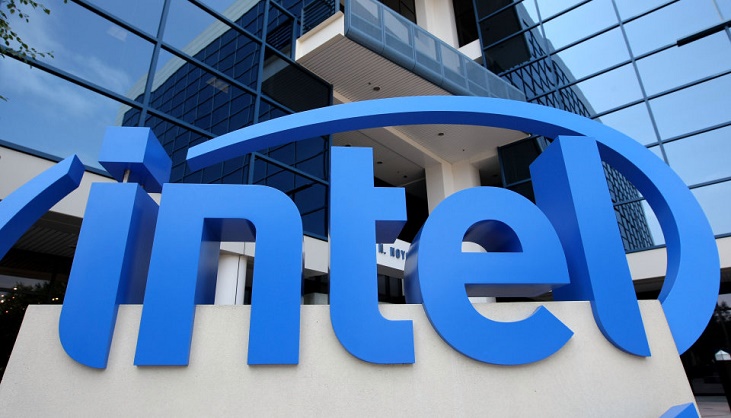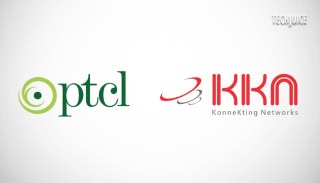At the Intel earnings call for the second quarter of 2015, it was disclosed that the next expected generation of Intel processors will be introduced in the second half of 2017, six months later than expected. The next expected family of Intel microprocessors, known as “Cannonlake” is going to be the first family of processors based on a 10-nanometer manufacturing technology. Intel said that the delay for the new 10 nm chips was caused by the increasing complexity in building transistors that small.
Due to the delay, Intel has announced a new generation of 14nm based processors to fill the gap. The new architecture is named “Kaby Lake”. Regarding the Kaby Lake processors, Intel CEO Brian Krzanich said that Intel expects this new addition to the roadmap will deliver new features and improved performance, paving the way for a smooth transition to 10-nanometer technology.
Cannonlake was supposed to be the next “tick” in Intel’s “tick-tock” cycle. The “tick-tock” is a model according to which there are a tick and a tock alternating every 18 months. A “tick” represents an introduction of a smaller manufacturing process technology for microprocessors. This means more transistors on a smaller area. And generally, it also increases efficiency.
A “tock” means a newer, more efficient microprocessor architecture on the same manufacturing technology.
This delay in the introduction of 10nm processors is the second time Intel has failed to keep their development in accordance with “Moore’s law”, the idea that the number of transistors per unit of a microprocessor, approximately double every two years. Intel admitted that these two delays indicate that they are now more close to a 2.5 year cycle rather than 2.
It was also admitted that PC demand was weaker than expected and might get worse as the year moves on, although the CEO was hopeful that the upcoming release of Windows 10 might be helpful in revitalizing the market.
Overall, Intel had a strong showing for the quarter despite these setbacks, which was attributed to the growth in the data centers and IoT (Internet of Things) sectors.
Featured Image: Engadget












